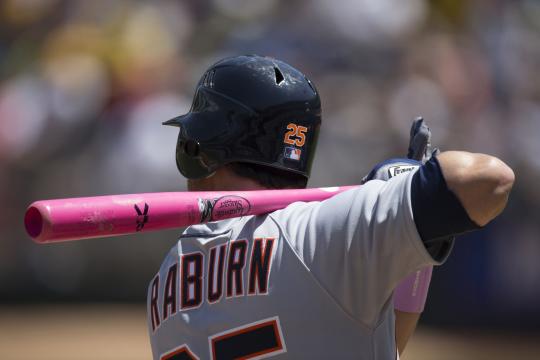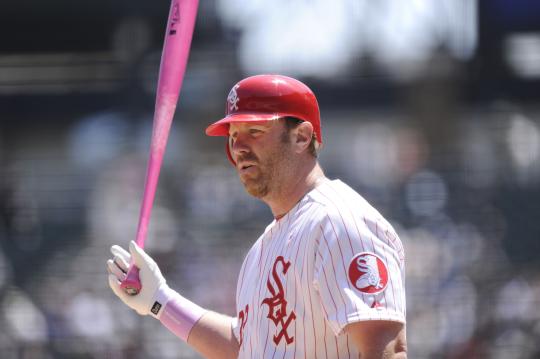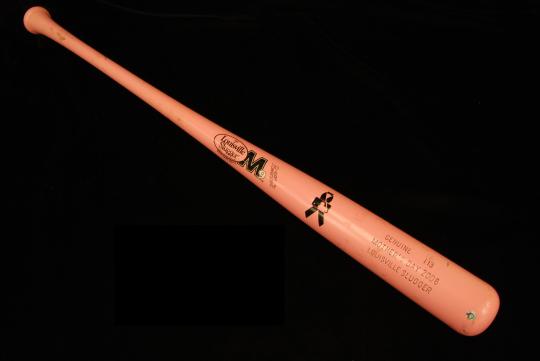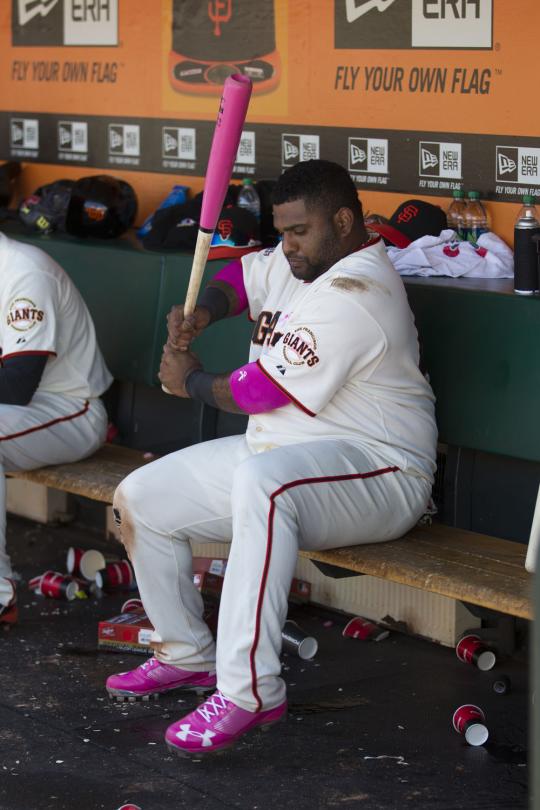Think Pink
Pink Bats are a Hit
In Cincinnati on May 14, 2006, Reds pitcher Brandon Claussen went 0-for-2 with his pink bat while holding the Phillies to one run over eight innings. Despite his strong effort, the Reds lost to the Phillies 2-1 in 12 innings. It was an even better Mother’s Day for Philadelphia’s Ryan Howard, who recovered from food poisoning in time to hit two home runs that powered the victory.
The Brewers’ Bill Hall was having a tough day in Milwaukee with his pink bat, striking out three times, but his mother in the stands inspired him to have faith.







